The Vermont legislature is currently reviewing a bill (S.32) that would implement ranked choice voting for the 2028 presidential primary.
If enacted, this would be a major upgrade over our existing system.
Ranked choice voting allows voters to rank candidates in order of preference. Our current “choose one” system deprives voters of meaningful choices, contributes to toxic campaign styles, makes voters feel their voice is not heard, and sometimes advances candidates who lack broad support.
Ranked choice voting would address these issues, giving voters more voice, more choice, and ultimately a stronger democracy.
The bill has already passed the Senate on an impressive 23-7 vote, gaining support from Democratic, Republican, and Progressive/Democrat Senators. It’s now being considered in the House of Representatives.
>> Want more information on the benefits of using Ranked Choice Voting for presidential primaries - keep scrolling down below for more!
But first use our online action form below to send your representative(s) a message in support of S.32!
Why Ranked Choice Voting for Presidential Primaries?
Ranked Choice Voting Would Limit Wasted Votes
Wasted votes happen when a voter casts a ballot for a candidate who has already dropped out of the race. More so than other elections, the Presidential Primary is constantly in flux with candidates dropping out after major contests. But, they drop out after the ballots are printed or mailed to early and absentee voters. This problem is particularly apparent for early voters who may cast their ballot in advance of the election - either at the polls or by mail – for a candidate who is still active at the time the voter fills out the ballot but may drop out by the time the votes are counted.
In recent years, thousands of Vermont voters have lost their voice because of this problem. In the 2020 Democratic primary, over 6,800 voters (4.3%) were cast for withdrawn candidates. In the 2016 Republican primary, over 2,200 votes (3.7%) were cast for withdrawn candidates.
Vermont’s early and absentee voting laws are not the problem – our “choose one” system denies voters meaningful backup options. RCV ensures every vote counts and every voice is heard. If your top option drops out, your vote can go towards a backup choice instead.
Ranked Choice Voting Advances Candidates with Broad Support
RCV produces more representative outcomes. In a field with 10 or more candidates, it’s common for similar candidates to split the vote, potentially helping another, less-popular candidate win the nomination. That’s not how democracy should function.
Instead, ranked choice voting would help to ensure that the parties advance candidates who have broad support. RCV encourages candidates to build broad and inclusive campaigns – rather than targeting one specific (and sometimes extreme) base of voters. This better reflects the will of voters and can help parties identify the most preferred candidate.
Ranked Choice Voting Let’s Voters Express Their Honest Opinions
In our current “choose one” system, voters often feel the need to game the system, rather than voting for the candidate they like best. In a crowded field, voters often cast votes for the person who they feel has the best chance of defeating the candidate they like the least.
With ranked choice voting, voters can honestly support the candidate they like best, without worrying they could be “wasting” their vote on someone who might be considered a longshot
Ranked Choice Voting Has Shown to Decrease Toxic Campaigning
Voters who use ranked choice voting around the country have found that it tends to reduce the kind of toxic campaigning and mudslinging so common in elections now.
With RCV, candidates compete for second-choice votes from their opponents’ supporters, which lessens the incentive to run negative campaigns. In RCV contests, candidates do best when they reach out positively to as many voters as possible, including those who support their opponents. This encourages candidates to run positive campaigns, focused on the issues, giving voters more of what they care most about, and less of what they don’t.
